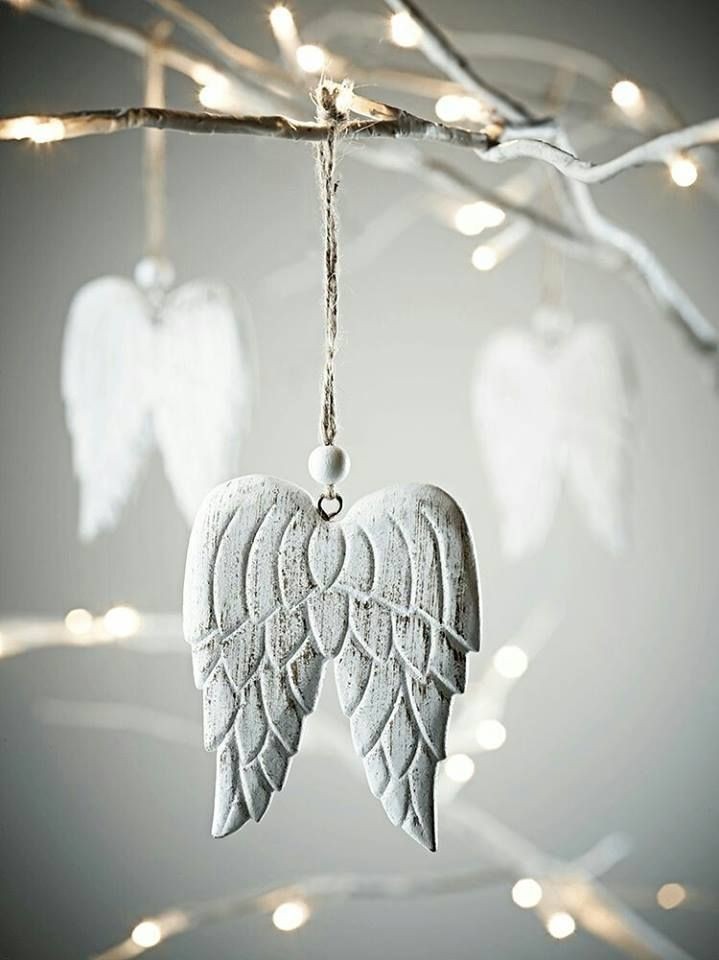Coloring Their World: The Magic of Art Therapy for Children...
- Koöko Fleurs
- Nov 23, 2023
- 4 min read
Updated: May 24

Art therapy is a remarkable blend of creativity and emotional healing that has been gaining recognition and popularity in recent years. It provides a canvas for self-expression, relaxation, and personal growth for individuals of all ages. However, it is particularly beneficial for children who may have difficulty expressing their emotions and thoughts through traditional talk therapy.
The creative process involved in art therapy also allows children to explore and express their emotions in a non-threatening way. Art can provide a safe distance between the child and their emotions, making it easier for them to confront and process difficult feelings. This process can lead to a better understanding of themselves and their emotions, ultimately promoting personal growth.
Therapeutic Relationship: The art therapist establishes a therapeutic relationship with the child, allowing them to feel secure enough to explore their emotions through art. While the therapist cannot change what has happened to a child, they can help the child understand why they feel or behave in certain ways. Art becomes a means of communication and exploration, allowing children to express complex thoughts and feelings that might be difficult to convey through words alone.
Medium of Expression: In art therapy, art is not used as a diagnostic tool but rather as a medium to address emotional challenges that children may find confusing or distressing. Art therapists create a safe space where children can express unconscious thoughts and feelings through artistic creation.
One of the primary benefits of art therapy for children is its ability to provide a means of communication for those who struggle with verbal expression. Children may not always have the vocabulary or emotional maturity to articulate their feelings, but through art, they can communicate what they are going through. This form of communication can be especially helpful for children who have experienced trauma or have difficulty expressing their emotions.
Moreover, engaging in art can be a relaxing and stress-relieving activity for children. In today's fast-paced world, children are often overstimulated and constantly bombarded with information. Art therapy offers a pause from this constant stimulation and allows children to slow down and focus on one task at a time. This can help them learn how to manage their emotions better and develop coping mechanisms for dealing with stress and anxiety.
Art therapy also provides a sense of control and empowerment for children. In traditional talk therapy, the therapist often leads the session, but in art therapy, the child has more control over their creative process. This can be especially beneficial for children who may feel powerless or lack control in other aspects of their lives.
Another aspect of art therapy that makes it so effective for children is its non-verbal nature. Children may feel intimidated or self-conscious when asked to speak openly about their emotions, but with art, there is no right or wrong way to express oneself. This freedom can help children feel more comfortable and less pressured, allowing them to open up and express themselves more freely.
Art therapy also promotes problem-solving skills and can help children develop a new perspective on their problems. Through the creative process, children can explore different solutions and approaches to their challenges, leading to increased problem-solving abilities and a more positive outlook.
There are various techniques and approaches used in art therapy for children, depending on their age, personality, and therapeutic goals. For example, younger children may benefit from activities such as finger painting or collaging, which allow them to explore and create without the pressure of fine motor skills. On the other hand, older children may prefer more structured activities such as drawing or sculpting, which can provide a sense of accomplishment and mastery.
By using various art materials and techniques, children can tap into their inner world and express their thoughts and feelings in a safe and non-judgmental environment.
Examples of Art Therapy Activities for Children:
- Drawing or Painting Emotions: Children can create artwork that represents their feelings.
- Collage Making: Using cut-out images and textures to express emotions.
- Sculpting: Working with clay or other materials to shape emotions.
- Storytelling through Art: Creating visual narratives.
- Group Art Activities: Encouraging collaboration and social interaction.
Art therapy can also be utilized in group settings, providing an opportunity for children to connect with others and build social skills. Group art therapy allows children to collaborate and share their ideas while also learning from each other's experiences. It can be particularly beneficial for children who struggle with social interactions or who have difficulty expressing themselves in front of others.
In conclusion, art therapy is a powerful tool for emotional healing and personal growth for children. Art therapy combines art and psychology to support self-awareness, emotional exploration, and conflict resolution.
It provides a safe and non-judgmental space for self-expression and offers numerous benefits, including improved communication, stress relief, and problem-solving skills. Whether it's painting, coloring, or illustration, art therapy offers a remarkable blend of creativity and emotional healing that can have a profound impact on a child's well-being. It utilizes creative processes and artistic techniques to help children express themselves and address unresolved feelings or trauma.











Comments